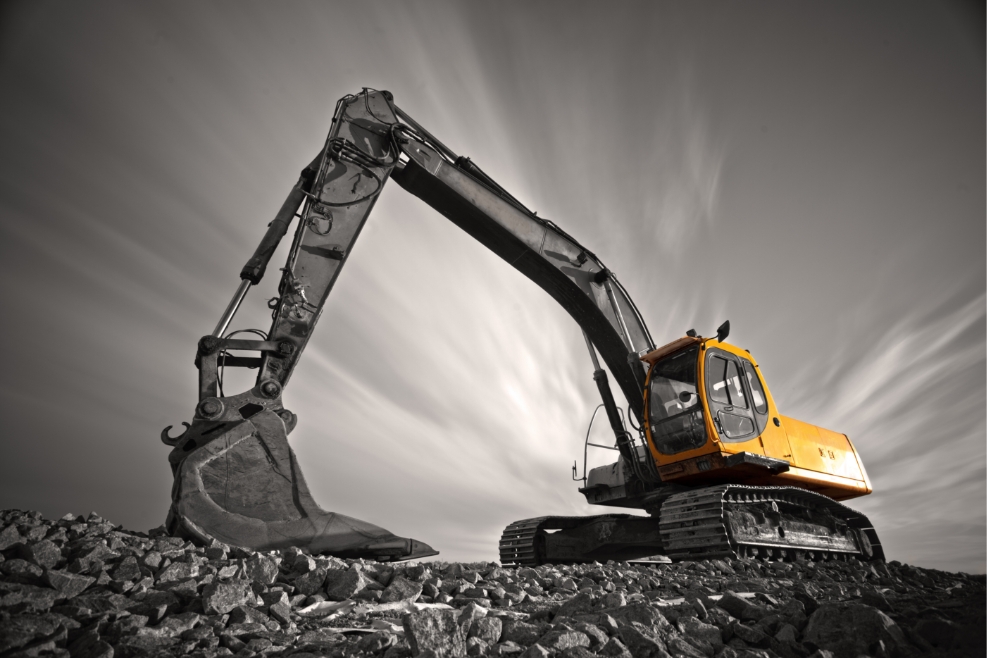What is the Correct Basement Backfilling Technique

Since it greatly improves the structural integrity of the basement, backfilling a basement
effectively is an essential and critical step in the basement construction process.
An appropriately compacted backfill supports the basement walls and acts as a waterproof
barrier. The right backfill material, adequate backfill compaction, and the amount of time spent
backfilling are some factors that affect the backfill of every basement.
This article covers the procedures required for a basement's proper backfilling and where to find
excavating services in Southeast Alberta.
The Correct Basement Backfill Technique
Protecting the basement structure, selecting the ideal backfill material, compacting the backfill,
and finishing the backfill's surface are the first three processes in the backfilling of a basement
procedure.
Basement Building Defense
A basement project's foundation, basement wall, or retaining wall is a durable formwork for the
backfilling materials. However, protecting these structures from the backfill loads is an essential
part of the backfill.
Backfilling is not suggested after casting basement retaining structures. Once the basement
structures have reached their maximum strength, the backfilling process can start.
The backfilling process is frequently initiated after casting a basement slab or even before the
first-floor deck is built, without regard for the structure's safety. Make sure the supporting
structures are at their strongest before starting the backfilling.
When the backfill must be finished rapidly after the construction of the basement structure,
bracings may be placed to hold the structure and provide support for the backfill loads that will
fall upon it.
The corners, offsets, and pilasters strengthen the foundation wall's structural rigidity. However,
we believe the stiffening influence will be modest after you are more than 12 feet from the
corner. Only straight spans greater than 24 feet must be supported as a result.
Steel braces are used for bracing, which can be done either vertically or horizontally, depending
on the location's needs. Although the structure is concrete, bracing is usually recommended
when backfilling basements, following all building regulations.
Choosing a Backfill Material
Granular material should never be used for basement digging in Southeast Alberta because the
crevices between the granules allow water to seep up the basement wall. A clogged drain tile
system may also cause some major problems.
Only if the soil was of high quality is it advised to utilise the same excavated soil as the backfill
with sufficient compaction.
Granular backfill with an outside drainage system is ideal when excavating through dense, wet,
or expansive clays.
Even if the drainage system is adequate, backfilling with clay, clumps, roots, and tree branches
do not compress completely and retain water.
The Basement's Backfill Has Been Compacted
To achieve the required compaction levels, extra care should be taken if loose excavated dirt or
granular soil must be used as the backfill due to the site's accessibility or remoteness.
Water and tectonic movements, examples of natural abrasives, can erode the foundation over
time and produce excessive settling, which may endanger the superstructure.
This issue is reduced when the appropriate compaction techniques are used. The backfill in the
basement can be compacted using various compaction techniques. The site conditions have an
impact on the compaction techniques chosen.
Backfilling a basement with massive compactor machines is not advised since the vibrations
from the machinery could damage the basement's structure. It is strongly suggested that
manual compaction or hand-driven vibrators be used. Vibrating plate compactors may compact
granular backfill without harming the wall.
Manual compaction is achieved by physically pushing 6 to 9 inches of earth into position. This
method prevents wall deterioration and callbacks brought on by drainage problems, but it is
time- and labour-intensive.
Outside Finish of The Basement's Backfill
The surface must be hard, smooth and sloped for the water to drain off the compacted backfill.
Typically, building plinths are fortified. It prevents flooding of the backfill around the foundation
while draining roof water.
The slope of a finished grade must be at least 0.5 inches per foot. Preventing basement leaks is
similar to preventing roof leaks. It is essential to keep the water circulating and avoid collecting it
in one area. Achieving this goal is simpler when the right backfilling techniques are used.
Conclusion
A crucial element in the basement digging and construction process is the backfilling of
basements. To maintain the foundation's stability and stop any further settling, the earth must
be adequately compacted. The basement's drainage and waterproofing should also be
considered to prevent moisture damage.
DL Nagel Excavating is a full-service excavation business with considerable Mainline and facility
Pipeline, Lease Development, and reclamation experience spanning 30 years. Our services
include demolitions, snow removal, residential basements, water and sewer repair and
replacement, cistern and septic system installation, and lot levelling. In Southeast Alberta and
Southwest Saskatchewan, we also offer gravel and equipment hauling. Contact us to learn
more about backfilling and basement digging in Southeast Alberta.